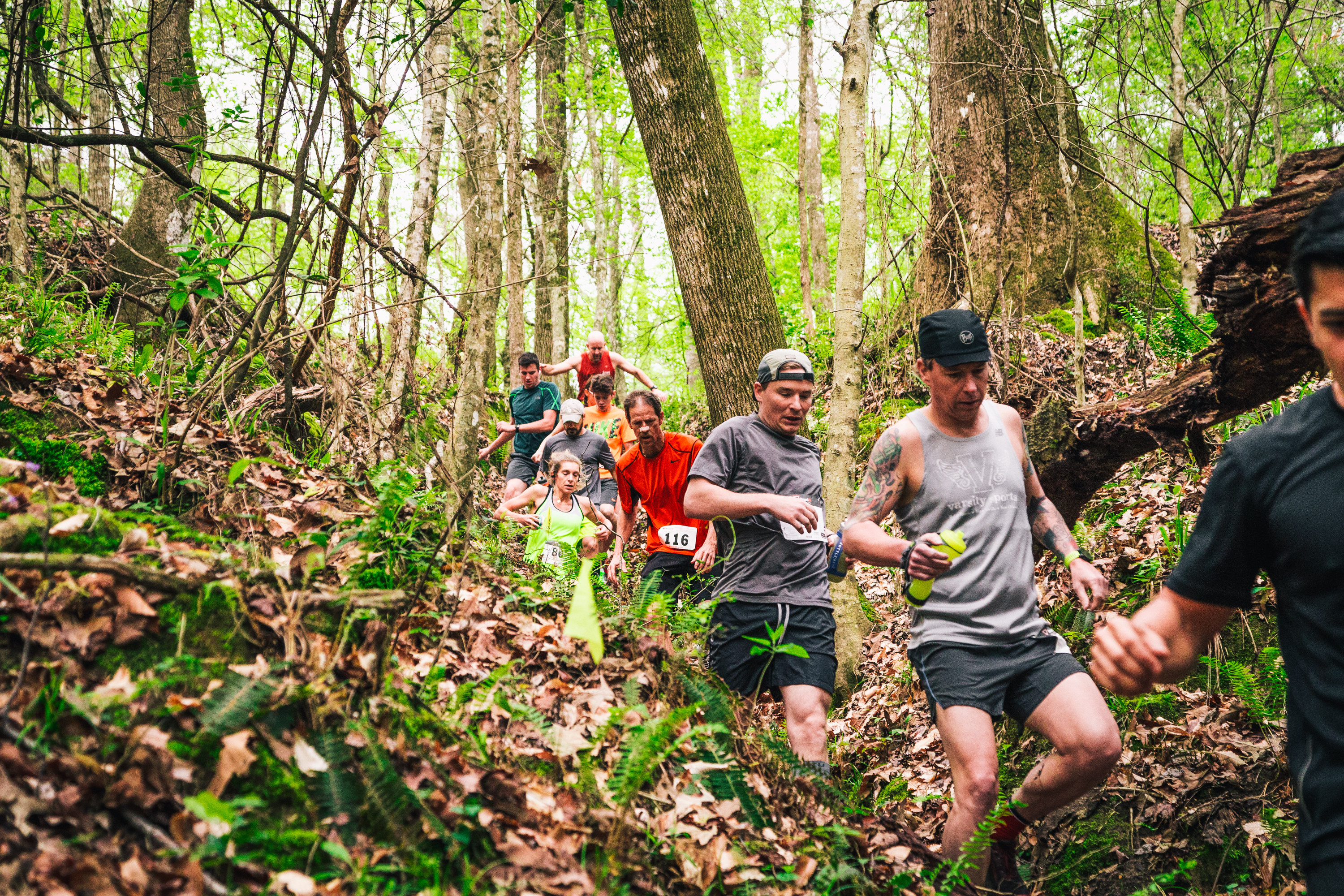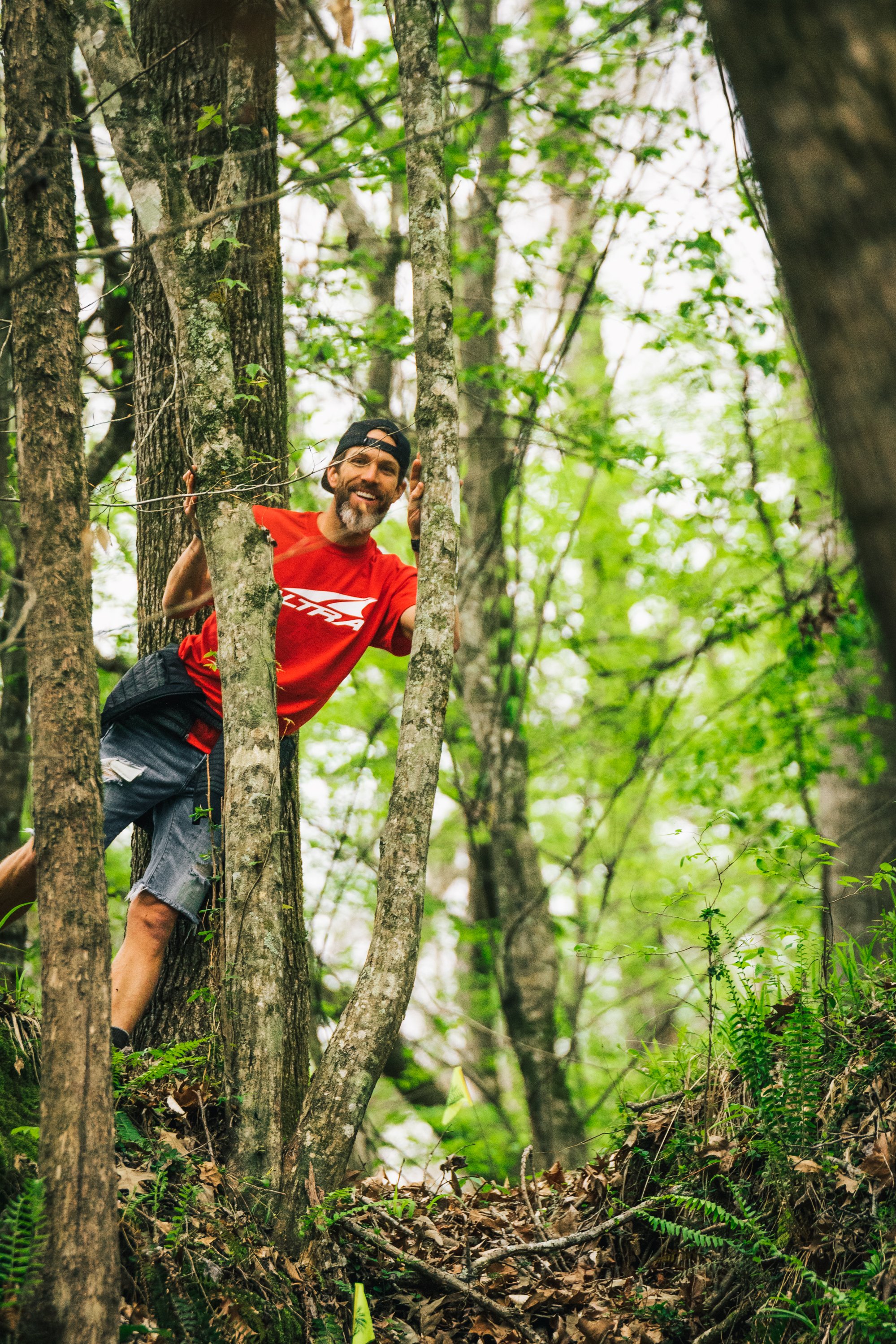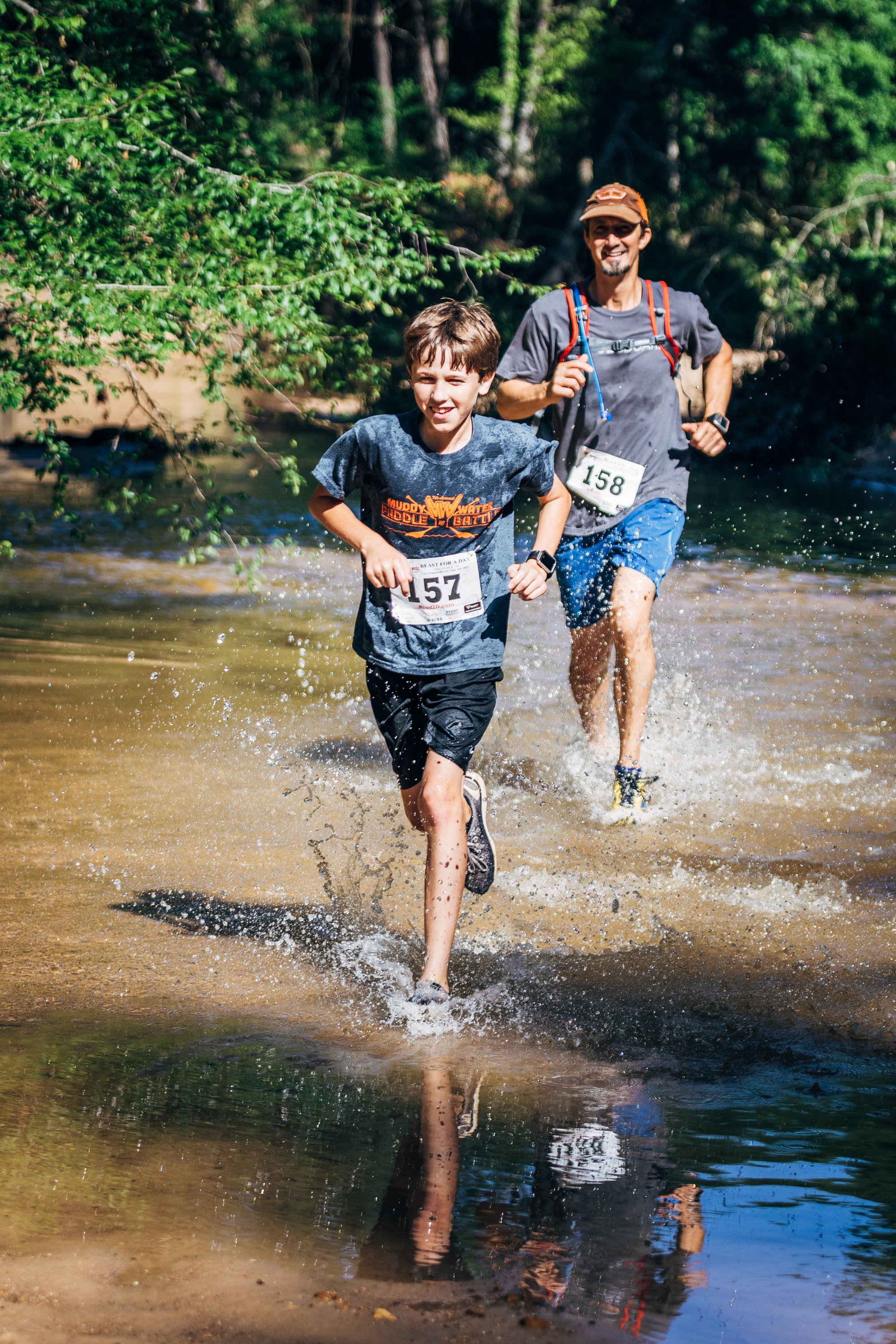Rugged races offer down-and-dirty fun that’s way off the beaten path
Running a 5K is an accomplishment in and of itself for a lot of people.
For others, a half or full marathon might be the benchmark.
But for another select group of adrenaline junkies, 26.2 miles just isn’t enough.
Enter the rising world of rugged races that mix the physical endurance of typical distance running with the natural (and sometimes manmade) elements of the surrounding environment.
Local companies like WHOA (Walker Higgins Outdoor Adventures) Racing brand themselves as designing races that “push the limits of the human body” and challenge participants to “be the best ‘you’ that you can be.”
This could mean anything from trail races through the cane fields of West Baton Rouge and paddle competitions down the mighty Mississippi River to a 72-hour adventure race from Natchez to Baton Rouge that incorporates both running and paddling, as well as biking and trekking through swamps.
“I’m just trying to think of the best ways to torture everybody,” says WHOA Racing owner Walker Higgins, only half joking. “Everyone knows my races to be a little extreme because as a runner, I like to challenge myself to the max. So I like to challenge my racers to the max in most of my races. You’re just trying to push that limit and that envelope.”
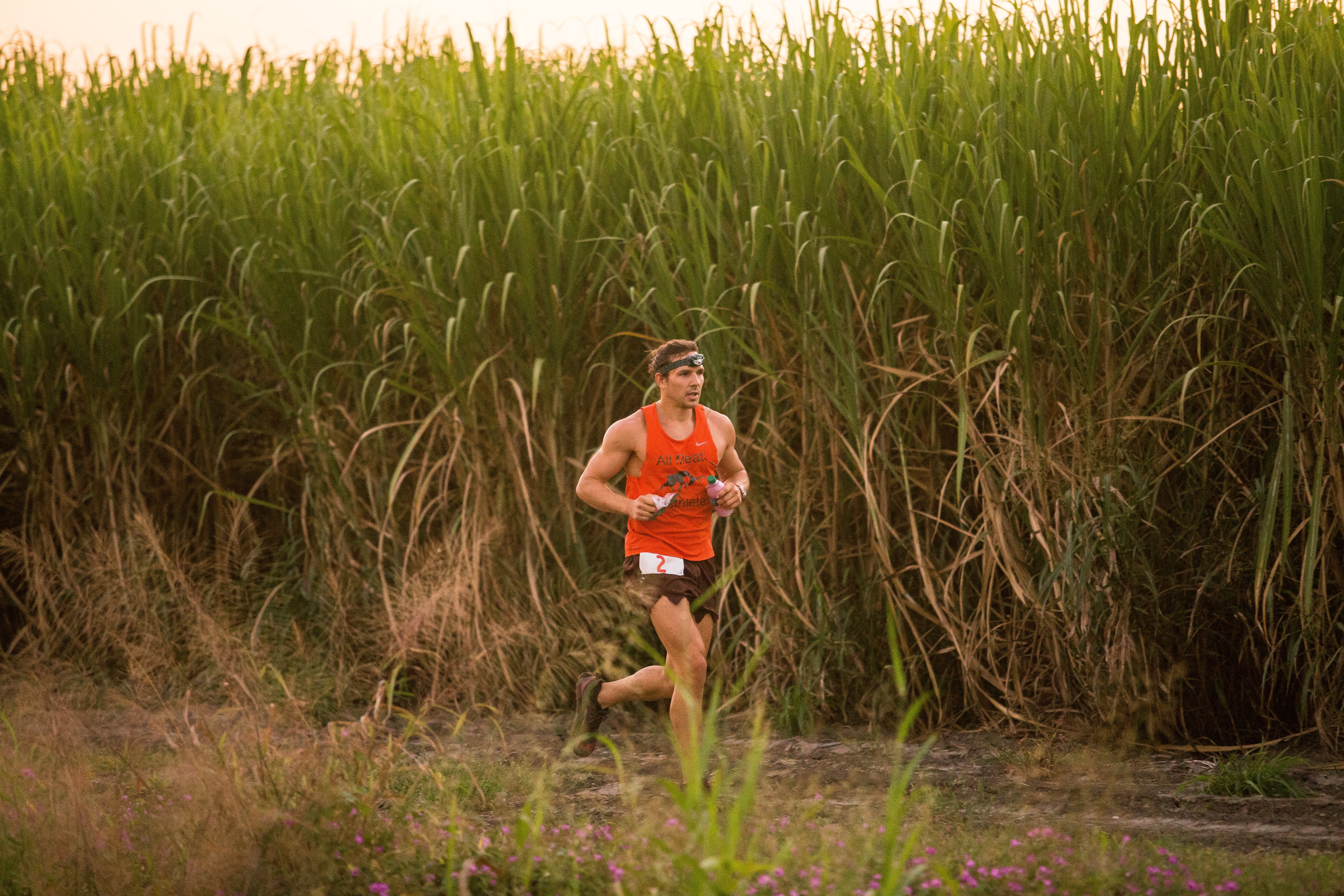
WHOA Racing began as Higgins’ brainchild in 2010, when the longtime runner was itching for something new and different.
He had been running typical road races and multi-day adventure races since 2004, and even completed his first ultra (any race longer than 26.2 miles) in 2009. But it was never quite enough.
“I always wanted to put on something different, not just your typical road race,” Higgins says. “I wanted to put on a race myself. My family owns a lot of cane land in West Baton Rouge, and I was pulling into my driveway and thought, ‘Oh, it’s been in front of me the whole time.’”
That thought spawned Higgins’ first event, the Cane Field Classic, which still takes place each fall, though the number of participants has grown from about 130 the first year to a sellout of 500-plus runners in recent years.
For about five years, that was the only race Higgins put on himself. WHOA has since grown to produce between 12 and 13 races each year, from some extra-challenging ones to other standard trail races.
The toughest race Higgins helps produce is the “Beast For A Day” event, which is considered by many to be the hardest race in Louisiana.
One lap equates to a 5.62-mile loop through St. Francisville and includes several steep hills, sharp turns and wooded trails. Participants have the option to run just one lap or race for 3, 6 or 12 hours.
“You have to take the balance of being not too difficult, but also, you want people to walk away and tell the story of that insane section of the race, because that is honestly what people want,” Higgins says. “They think they don’t want it, but when they finish the race, that’s all they talk about. If it’s just a Sunday stroll, you’re not going to tell the story.”
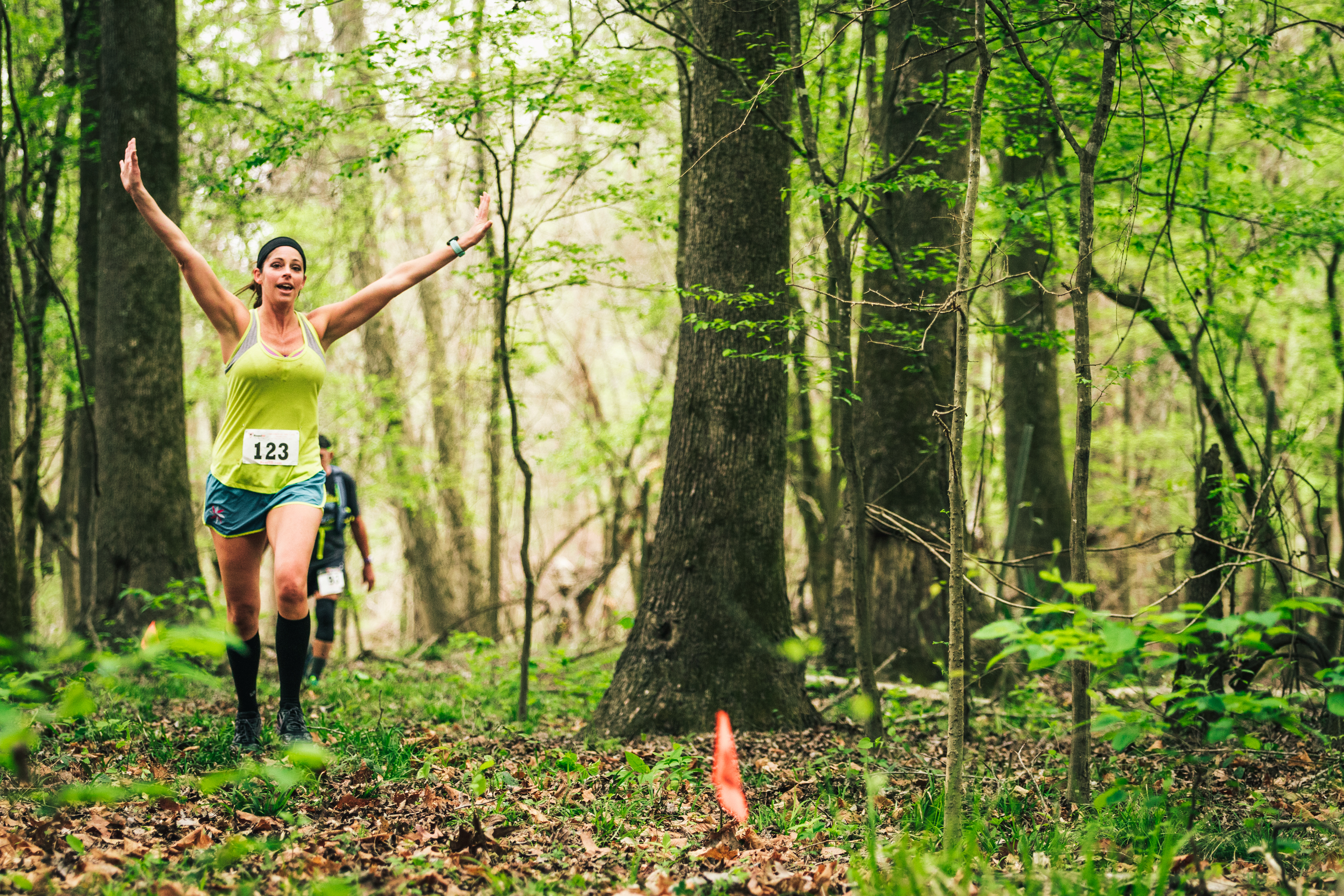
Seem too intense? Don’t worry. The one underlying theme with all of Higgins’ races is that while they are built to challenge you, it’s all about the journey to the finish line.
“What I try to stress to people is yes, I’m going to push you, but you take any race that I put on at the speed you want to take it,” Higgins says. “If it’s a challenging trail, and you have to walk a section, that’s fine. Most of my races are about the journey and the experience you’re getting and walking away from it feeling [accomplished].”
That sentiment is echoed by another local race that occurs on bikes, known as Rouge Roubaix.
Rouge Roubaix started as basically a group fun ride for the local cycling community, before being turned into an official race in 1999 by John Anderson. It channels the spirit of Paris-Roubaix, which is one of cycling’s oldest races that takes places in northern France and is famous for its rough terrain, cobblestones and other tough conditions.
The local version delivers much of the same, covering 105 miles through St. Francisville and into Wilkinson County, Mississippi, with sandy gravel, unforgiving hills and pothole-filled roads along the way.
“One of the really interesting parts about our race is the relentlessness of the terrain,” says race director Will Jones. “You’re riding along and it’s this beautiful, winding road with a hayfield over here and some livestock. Then, next thing you know, your teeth are rattling your head because you’re on this horrible road that doesn’t even seem like it should exist. When you think it can’t get more difficult, it does. Not only because the race is so long, but really because it’s a war of attrition.”

The race has grown in size from a small group of friends to an average of nearly 350 people the past few years, including riders from all across the country as well as a handful of international participants.
Cyclists aren’t typically known as “tough guys” in the sports world, but Rouge Roubaix has a way of bringing out a unique type of racer, different than the ones you’d see at the Tour de France, for example.
“Cyclists are some really, really tough people,” Jones said. “To go and do a race like Rouge Roubaix or some of the other spring classics, it’s a mindset. It’s a love-hate relationship. I can’t tell you how many people come up to us after the race and say, ‘Dude that was awful. When can I sign up for next year?’ That’s kind of how it goes.”
Rouge Roubaix is well-known in the cycling world and has been featured in major publications including Bicycling Magazine and The New York Times.
The race throws all kinds of elements at its riders. One year, a cyclist was hit mid-race by a deer in the woods. Some years, the humidity makes the conditions unbearable. Other years, it’s so cold the water bottles begin to freeze.
And while all that might sound overwhelming to the average rider, Jones insists—just like Higgins—that the race is for everyone, no matter how competitive you are.
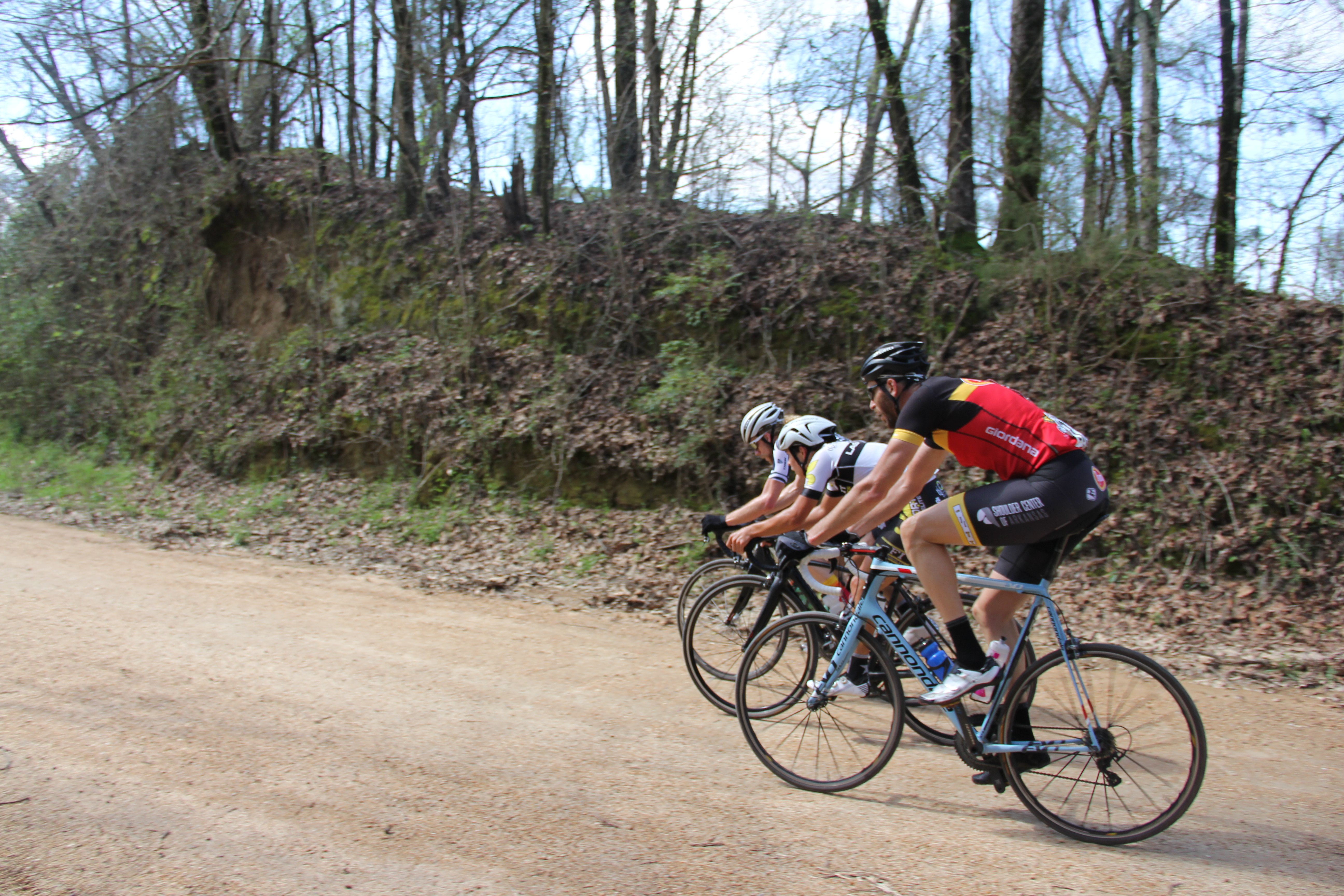
“The main thing about Rouge Roubaix is it can be very intimidating because of the nature of the race, but honestly, anybody can do it if they do it at their pace,” Jones says. “We do have a time cutoff, but I’ve got guys that come every year that I put it on for the last four years and ride their own pace. They have it all planned out. It doesn’t matter how long it takes them. They sign up every year. They’re not your typical tough, hard-guy cyclist that races every weekend, but they come to Rouge Roubaix because it means something to them.”
The biggest takeaway from both WHOA Racing and Rouge Roubaix is just to simply give it a shot. Push yourself to try a new challenge, soak in the scenery and enjoy the journey.
“Try something new,” Higgins says. “In today’s society, we definitely don’t get out in nature as much. Going on trails and trail running or walking is a great way to do that and challenge yourself.”




